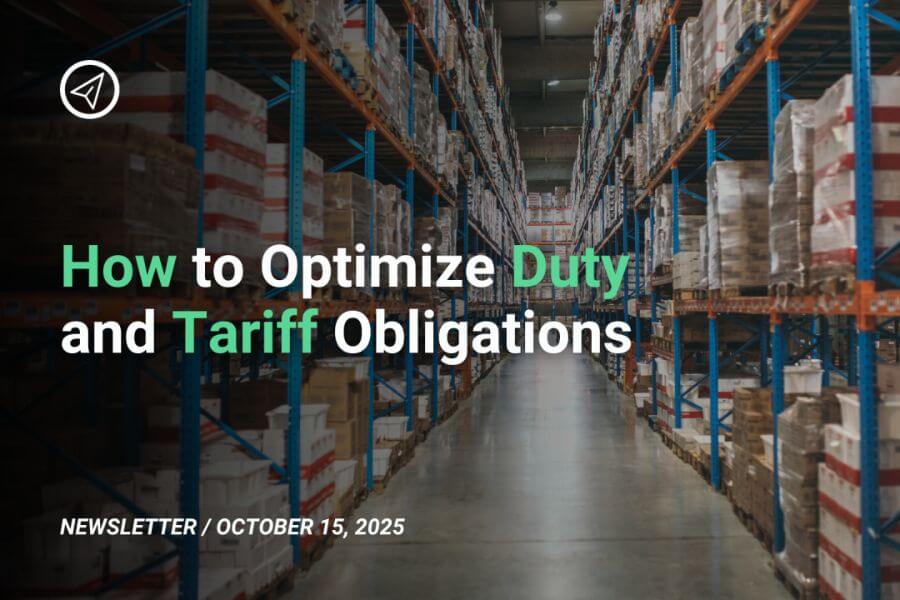Expanding your eommerce business internationally in 2025 is more viable than ever, but it comes with a unique set of challenges. From navigating complex customs regulations to managing shipping expectations, selling across borders demands strategic planning and reliable partnerships.
One of the smartest moves brands can make today is leveraging a Third-Party Logistics provider (3PL) to streamline operations and reduce friction. In this article, we’ll cover essential tips for successful international selling — and show how a 3PL can be your strongest ally.
1. Understand local markets before entering
Before launching in a new country, invest time in market research. What works in your home market might not resonate globally.
- Cultural preferences: Colors, product descriptions, and marketing messages can have different connotations.
- Consumer behavior: Do shoppers prefer mobile, desktop, or marketplaces like Amazon or Shopee?
- Payment methods: While credit cards dominate in the U.S., other regions favor mobile wallets or cash-on-delivery.
🔍 Tip: Use tools like Google Trends, Statista, or country-specific reports to assess demand and local buying habits.
2. Localize your website and marketing
International ecommerce isn’t just about translation — it’s about localization.
- Language & currency: Offer local language options and display prices in the local currency.
- Shipping times: Set realistic delivery windows based on local logistics.
- Customer support: Offer localized support through chat, email, or phone.
🌐 A localized experience increases trust and reduces cart abandonment.
3. Navigate duties, taxes, and customs regulations
Each country has its own import regulations, tax structures, and restricted products. Failing to comply can result in delayed shipments, fines, or lost inventory.
- Understand HS codes, VAT/GST requirements, and customs documentation.
- Decide whether you or your customer will be responsible for import duties (DDP vs. DDU).
📦 This is one area where a 3PL with international expertise becomes invaluable.
4. Offer reliable and affordable shipping options
International customers expect fast, affordable shipping — but balancing speed and cost can be tricky.
- Use multiple carriers to offer flexible rates and delivery times.
- Clearly communicate shipping timelines and fees at checkout.
- Consider offering free shipping over a certain threshold to boost AOV.
🚚 A 3PL can negotiate better shipping rates and optimize delivery routes globally.
5. Manage returns smoothly
Returns are more complex across borders. Clear policies, localized return centers, and fast refunds make a big difference.
- Offer local return addresses (or partner with a 3PL that provides them).
- Automate return labels and tracking.
- Clarify who pays for international returns (you or the customer).
🔁 A 3PL can process returns locally, saving you time, cost, and customer frustration.
How a 3PL can supercharge your global ecommerce strategy
A Third-Party Logistics provider (3PL) handles storage, fulfillment, shipping, and returns on your behalf. Here’s how they help with international expansion:
✅ Localized fulfillment centers
Store inventory closer to your international customers to reduce shipping time and cost.
✅ Customs & compliance support
3PLs are well-versed in international regulations — they help ensure your shipments are compliant.
✅ Scalability
As orders grow, a 3PL handles the operational load, letting you focus on growth, not logistics.
✅ Technology integration
Most modern 3PLs integrate seamlessly with ecommerce platforms like Shopify, WooCommerce, and marketplaces like Amazon or eBay.
Conclusion
Going global in 2025 is a massive opportunity — but only if you plan for it. Localization, compliance, and logistics are the pillars of successful international ecommerce. Partnering with an experienced 3PL takes the complexity off your plate and ensures that your customers receive the experience they expect, no matter where they are in the world.





